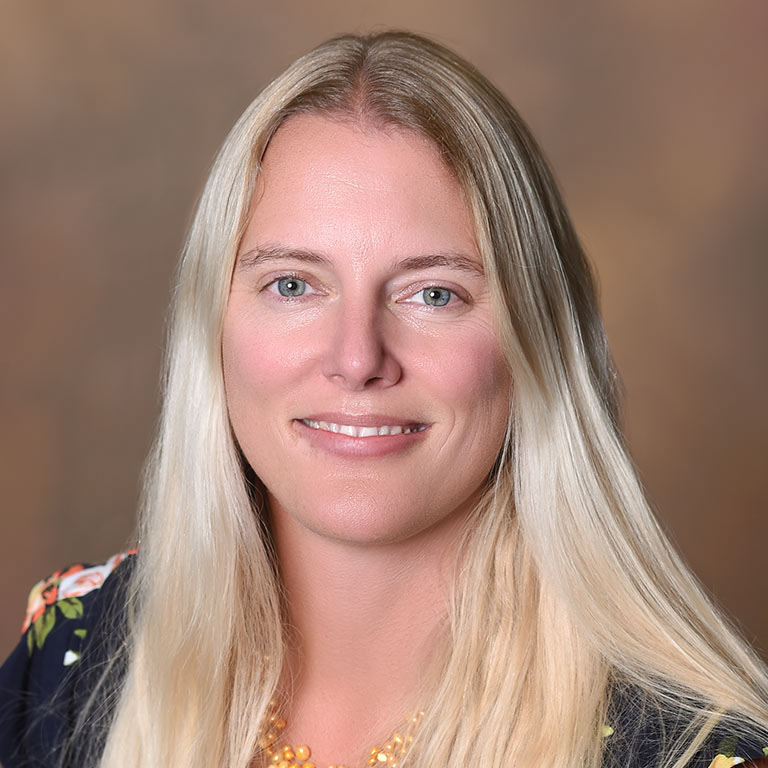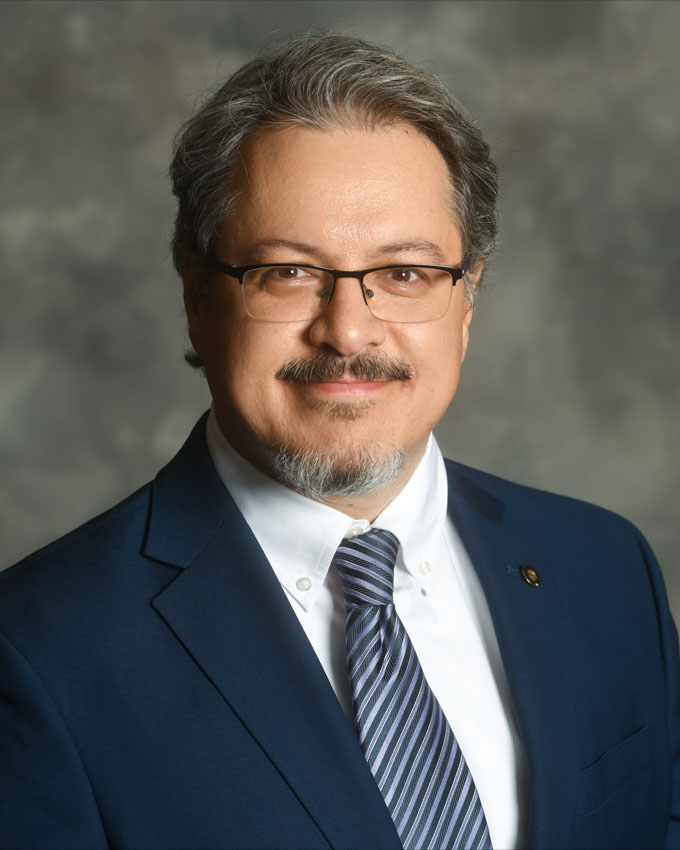USM Partners with LSU and Tulane to Project the Evolution of the Coast
Mon, 11/13/2023 - 09:33am | By: Gabriela Shinskie
The University of Southern Mississippi (USM) is partnering with Louisiana State University (LSU) and Tulane University through the Mississippi River Delta Transition Initiative (MissDelta), a $22 million, five-year project that includes 38 investigators who will seek strategies to promote sustainability of the marine ecosystem for the northern Gulf Coast.

Dr. Kim De Mutsert
The MissDelta initiative is focusing on the continual land disappearance of the Louisiana Bird’s Foot Delta, where the Mississippi River meets the Gulf of Mexico, anticipate coastal changes over the next decades, and evaluate best management responses. USM Associate Professor in the School of Ocean Science and Engineering (SOSE) Dr. Kim De Mutsert is the project’s lead representative for the University.
USM faculty involved in the initiative believe it’s a great opportunity to continue building a livable Gulf Coast.

Dr. Scott Milroy
“We will be looking at how water quality, fish, and shellfish will respond to long-term environmental changes on the coast,” said Dr. De Mutsert. “If the environment changes in a particular way, we can simulate how these organisms respond and evaluate the effects on fisheries.”
USM is one of 14 Gulf institutions looking at these environmental challenges, with the Gulf Research Program (GRP) of the National Academies of Sciences, Engineering and Medicine kicking off the initiative in September 2022. The organization approached scientists to think about ways to preserve and research environmental changes in the Mississippi River Delta in the long term, which led to a proposal written by the leads at LSU and Tulane.

Dr. Jerry Wiggert
De Mutsert also noted that many scientists from historically black colleges and universities (HBCU) are part of the research effort.
“We want to involve a bigger portion of the coastal communities into these larger research projects when we evaluate what the coast may look like in 100 years,” said De Mutsert.
Key personnel for the project include USM SOSE Associate Professor Dr. Scott Milroy, along with USM co-leads Drs. Jerry Wiggert and Kemal Cambazoglu, who are also SOSE faculty members.

Dr. Kemal Cambazoglu
Drs. Wiggert and Cambazoglu use their modeling expertise to simulate changes in coastal hydropraphy, sediment transport and water quality. Sediment transport is a big research portion of the project due to the dramatic changing of the delta. Drs. De Mutsert and Milroy use the output from these coastal ocean models to determine how those changes will affect the overall habitat for organisms, some of which have high commercial value, such as blue crabs, shrimp and oysters, and determine how this will affect their biomass, spatial distribution, and fisheries landings.
“Our modeling contribution is just one piece within the larger framework of the MissDelta Initiative,” said Dr. Cambazoglu. “There are changes on how the Mississippi River flows through different outlet points, and that means over time, the sediment transport pattern brought in by the river will change. Through this project, we will have a closer look at the transport and how that affects marine organisms. This can be an environmental factor and driver to organisms.”
“For those of us working with a focus on Mississippi coastal waters, that research has gained recognition and will provide useful perspective that contributes to the collective expertise of the members of the MissDelta consortium,” said Dr. Wiggert.
Learn more about the Mississippi River Delta Transition Initiative (Miss Delta) and how USM’s School of Ocean Science and Engineering is making waves in the blue economy.